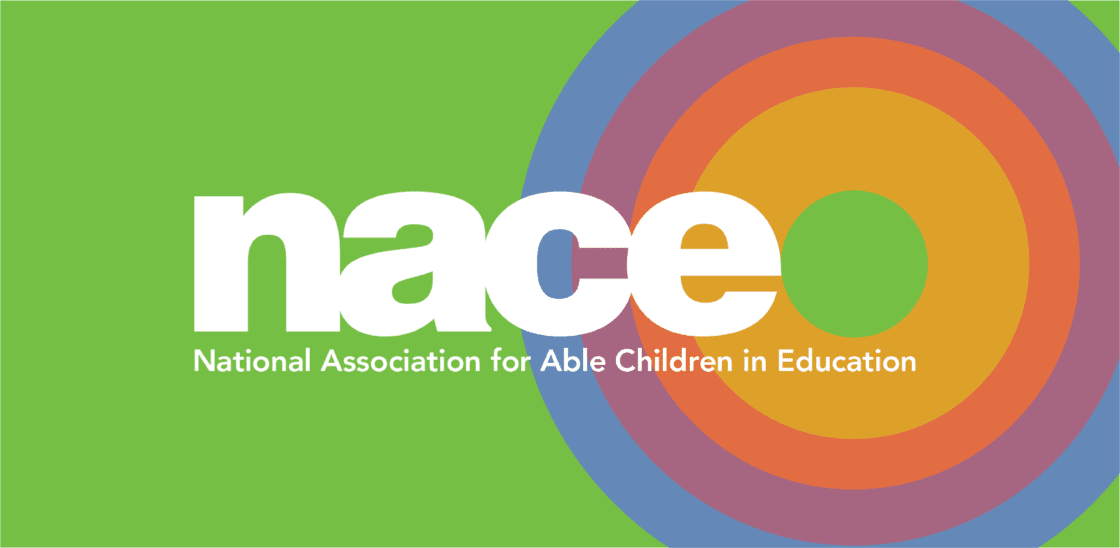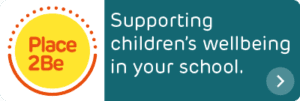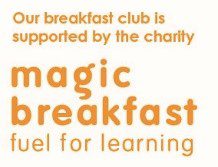This should be read in conjunction with the CRC and Respectful Relationships Policy.
CRC Article 28: All children have the right to an education.
All policy and practice in Timothy Hackworth Primary School respects children’s dignity.
Intent
In its simplest terms, Design and Technology is about solving problems to meet human needs. Whilst learning how to undertake this challenge, learners develop an array of transferable skills. These include a foundation of basic skills (like measuring materials) combined with a range of higher order thinking skills (like analysis and evaluation). We strive to ensure our pupils also have the opportunity to demonstrate resilience, resourcefulness, reflectiveness and reciprocity and have the ambition to be successful learners.
Implementation
Our whole school overview and short term planning for each year group cater for the full range of abilities. Sequences of learning are carefully planned and developed to provide required coverage across respective Key Stages.
Design and Technology requires that children use their technological knowledge, practical skills, creativity and flair to design, make and evaluate. Projects are based around a range of contexts and require children to design Something, for Somebody, for Some purpose (“The 3 S’s”) to give relevance and authenticity to their designs. All six Design and Technology principles below are addressed in each project:
- User – children should have a clear idea of who they are designing and making products for, considering users’ wants, needs, values, interests, cultures, beliefs and preferences;
- Purpose – children should be able to clearly communicate the defined task that each product that they design and make is intended to perform; pupils’ products are evaluated through use;
- Functionality – children should design and make products that work effectively in order to fulfil users’ needs, wants and purposes;
- Design decisions – children are to be provided with opportunities to make their own design decisions, allowing them to demonstrate their creative, technical and practical expertise, and use learning from other subjects;
- Innovation – children are to be provided with scope to be original with their thinking;
- Authenticity – children should design and make products that are believable, real and meaningful to themselves and others.
In order to realise our intent to develop our children’s resilience, resourcefulness, reflectiveness, reciprocity and the ambition to be successful learners, we strive to provide lessons that provide them with opportunities to:
- acquire and develop a specific knowledge and skills set within the subject, managing distractions and persevering when challenges are encountered;
- apply their knowledge and skills beyond the subject, using research and analysis, curiosity, reasoning, imagination and creativity;
- look back to what they know, recalling and selecting important information and key points, evaluating, making informed decisions and then formulating plans to solve real life problems in new or unfamiliar contexts;
- listen, share ideas, empathise with the wants, needs, values, cultures and beliefs of others and ultimately work collaboratively towards an end goal.
Children’s working in Design and Technology will be recorded in the Black Book with examples being shared and celebrated on the school website.
EYFS and Reception
Design and Technology makes an important contribution in all areas of learning of the Early Years Foundation Stage.
Learning can indeed be developed in every area of provision wherever the children have opportunities to discuss ideas, construct, make things move, squash and squeeze materials, fold, cut, join and decorate, explore natural phenomena and to make and taste a range of food.
Early Design and Technology work involves the children exploring by using their senses, trying things out, looking to problem solve and adapting their thinking as they work.
Children use their imaginations and learn through sensory play. Stimulating learning opportunities are provided through a balance of adult led and child led activities, offering children first-hand experience in indoor and outdoor settings and by using role play.
Children learn to question, appreciate and understand the manmade world in a genuinely Design and Technology way by:
- investigating existing products (including disassembling products to learn about how they work);
- exploring the environment;
- designing and making.
Children are taught specific design and make skills using food, textiles, a range of construction materials and various construction kits. With practise, they develop their ability to choose suitable materials and appropriate tools and equipment for a task. A range of contexts is presented to provide opportunities for the children to make their own design decisions, and to discuss them meaningfully with an adult, with a focus on:
- user;
- purpose;
- function;
- aesthetics.
Learning typically involves physically arranging, constructing and combining materials, ingredients and components using a range of methods and tools with many opportunities being offered for the children to talk about their design decisions.
Children take part in many cooking activities where they practise stirring, mixing and pouring ingredients and observe changes when their ingredients are combined, blended or cooked.
The design process in the very early stages is recognised as the thinking, imagination and the willingness to change and modify ideas. Children are encouraged to observe, explore, solve problems, think critically, make decisions and adapt their work as they go. Adults act as role models as the children learn, sensitively offering suggestions, giving purposeful feedback and offering further challenge by observing what the children are seeking to achieve. They scaffold learning by encouraging each child to use a developing vocabulary as they try out ideas and test their theories.
Design and Technology activity in Early Years provides opportunities to develop reasoning and problem solving skills and practise mathematical concepts such as size, shape, capacity, number, length, height and comparison in practical ways using meaningful and relevant real-world scenarios. Children learn and use appropriate vocabulary relating to their Design and Technology activity.
Towards the end of the EYFS, the children may complete some drawing before designing, but it is more widely (and usefully) done retrospectively. Children may also record their experiences through writing or by making a recording or model.
Children are taught to work responsibly and may discuss reasons that make activities safe or unsafe; for example, hygiene, electrical awareness, and appropriate care when tasting different foods. They are encouraged to work cooperatively and are taught about the importance of respecting everyone’s right to be safe from this early age.
KS1 and KS2
One Design and Technology project is taught per term in KS1 and KS2.
Projects match National Curriculum objectives, with each of the following being delivered in each year group:
KS1
- cooking and nutrition;
- textiles;
- structures and mechanisms.
KS2
- cooking and nutrition;
- textiles;
- structures and mechanisms;
- electrical systems and control.
Design and Technology is taught progressively to enable children to develop by consolidating and building upon previous skills and knowledge as they move through school.
KS1 and KS2 Design and Technology lessons include the following elements in each project:
- IEAs (Investigative and Evaluative Activities);
- FTs (Focused Tasks);
- a DMEA (Design, Make and Evaluate Assignment).
Impact
Impact is measured by the child’s progress against their expected outcomes and their ability to meet the key aims of the National Curriculum for Design and Technology.
The impact of our school approach will enable our pupils to:
- gain a greater understanding of what the term ‘design’ means and its importance and relevance in our rapidly changing, technological world;
- gain a greater understanding of the scale and complexity of real-world manufacturing, industrial practices and systems and control;
- reflect on the real world in which we live, including the contribution that high-quality design and technology contributes to the creativity, culture, wealth and well-being of the nation;
- reflect on the real world in which we live, including the social, moral and environmental impact of design and technology in relation to society and the well-being of our planet;
- be aware of and reflect upon the impact of past design, technology and manufacturing on daily life and the wider world;
- think, speak and work as designers, technologists and manufacturers, using subject specific vocabulary, emulating industry by working both individually and as part of a team and by using time efficiently, constructively and productively;
- acquire a broad range of subject knowledge and draw on disciplines such as mathematics, science, engineering, computing and art;
- research, investigate and ask questions to develop knowledge of users’ needs;
- communicate and express thoughts and ideas by speaking, drawing, painting, modelling and CAD;
- know which tools, equipment, materials and ingredients and techniques to select to make products;
- show initiative, manage risks, act responsibly and ethically, work safely and hygienically and use finite materials with due care and consideration;
- apply mathematical knowledge and skills accurately;
- evaluate outcomes and performance, recognising success and learning from mistakes;
- enjoy learning and independent working;
- successfully apply the knowledge and skills acquired and developed in Design and Technology to other areas of their life and the curriculum; successfully apply the knowledge and skills acquired and developed in other areas of their life and the curriculum to Design and Technology.




















